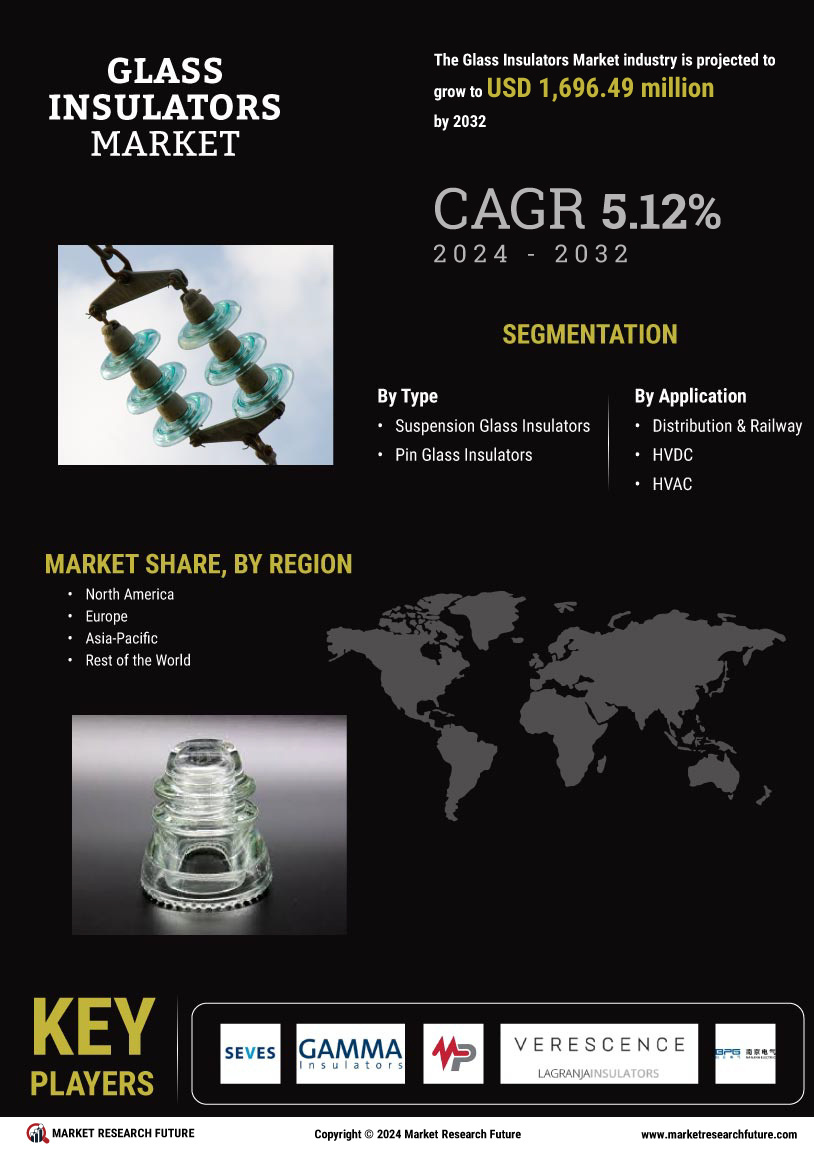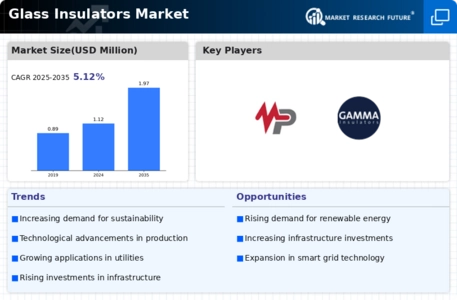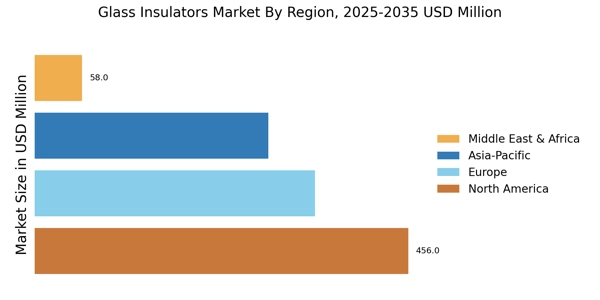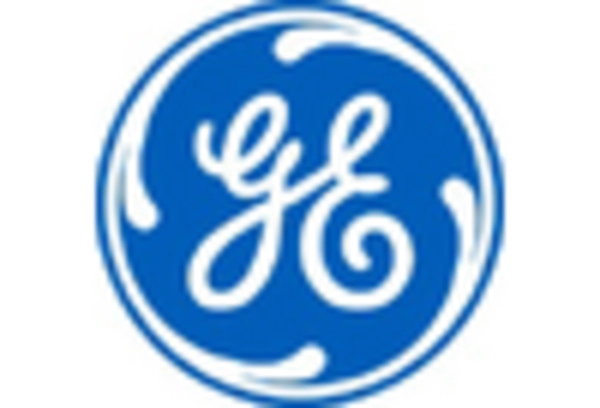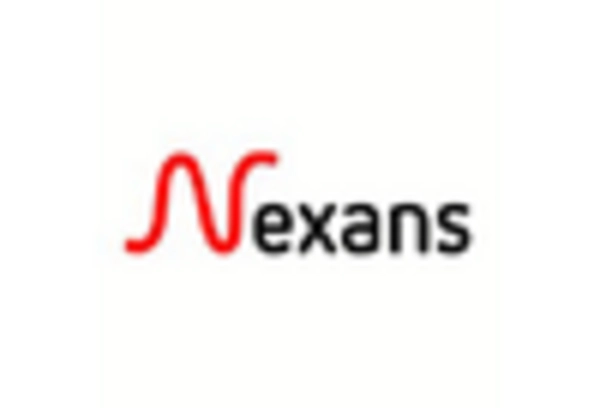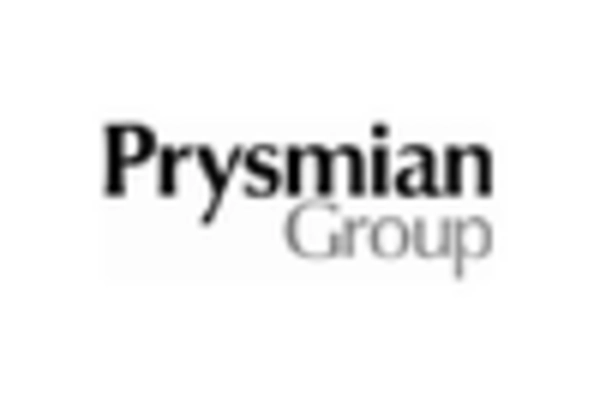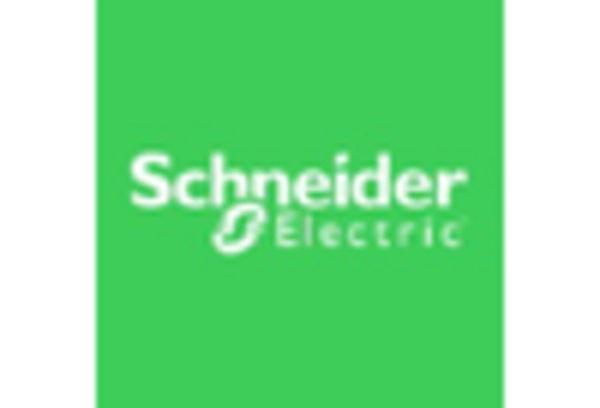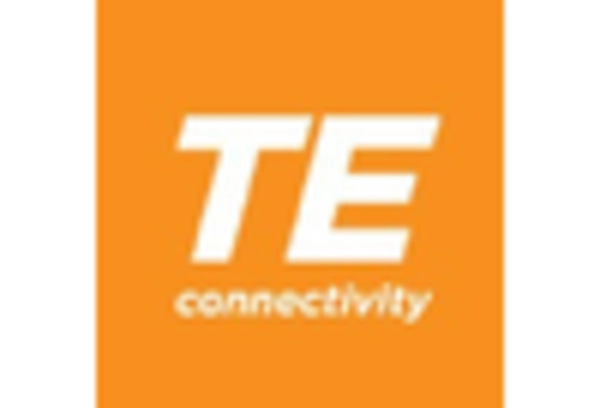Rising Demand for Renewable Energy
The increasing emphasis on renewable energy sources is driving the Glass Insulators Market. As countries strive to meet energy demands sustainably, the integration of wind and solar power systems necessitates reliable insulation solutions. Glass insulators Market are favored for their durability and performance in high-voltage applications, making them essential in renewable energy infrastructure. The market for renewable energy is projected to grow significantly, with investments in solar and wind energy expected to reach trillions of dollars in the coming years. This trend indicates a robust demand for glass insulators, as they play a crucial role in ensuring the efficiency and safety of energy transmission.
Infrastructure Development Initiatives
Infrastructure development initiatives across various regions are propelling the Glass Insulators Market. Governments are investing heavily in modernizing electrical grids and expanding transmission networks to accommodate growing energy needs. This investment is particularly evident in emerging economies, where the demand for reliable electricity supply is surging. The market for electrical insulators, including glass variants, is projected to witness substantial growth, with estimates suggesting a compound annual growth rate of over 5% in the next few years. Such developments underscore the critical role of glass insulators in supporting the infrastructure required for efficient energy distribution.
Regulatory Standards and Safety Compliance
Regulatory standards and safety compliance are critical drivers of the Glass Insulators Market. Governments and regulatory bodies are implementing stringent safety standards for electrical infrastructure to ensure public safety and reliability. Compliance with these regulations often necessitates the use of high-quality insulators, such as glass variants, which are known for their superior performance in harsh environments. The market is likely to benefit from these regulations, as manufacturers focus on producing insulators that meet or exceed safety standards. This focus on compliance not only enhances product quality but also fosters consumer confidence in glass insulators.
Increasing Urbanization and Electrification
The trend of increasing urbanization and electrification is significantly influencing the Glass Insulators Market. As urban areas expand, the demand for reliable electrical infrastructure becomes paramount. This urban growth necessitates the installation of new power lines and substations, where glass insulators are essential for ensuring safe and efficient energy transmission. The electrification of rural areas is also contributing to market growth, as governments aim to provide electricity access to underserved populations. The overall demand for glass insulators is expected to rise, with projections indicating a steady increase in production to meet these needs.
Technological Innovations in Insulation Materials
Technological innovations in insulation materials are reshaping the Glass Insulators Market. Advances in manufacturing processes and material science have led to the development of high-performance glass insulators that offer enhanced electrical and mechanical properties. These innovations not only improve the reliability of electrical systems but also reduce maintenance costs. The market is witnessing a shift towards smart insulators that can monitor performance and detect faults in real-time, thereby increasing operational efficiency. As the demand for advanced insulation solutions grows, manufacturers are likely to invest in research and development, further driving the market forward.
